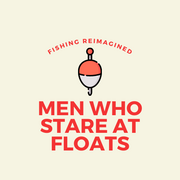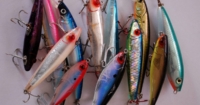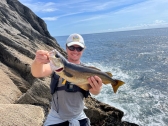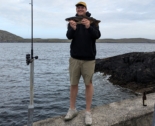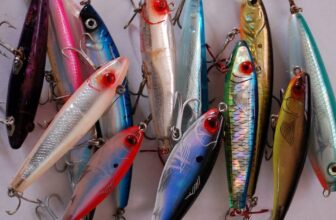Some links on this page are affiliate links, which do not impact our impartiality. We recommend the best product and then find out if it is available through one of our partners.
Whether you’re sea fishing with lures or bait, there are some essential bits of sea fishing tackle you need to have. If you’re looking to start out sea fishing from the shore or to start doing some lure fishing from the rocks, we’ve got you covered.
Of course, we cover the basics; rods, reels, line, terminal tackle et al to help you get started. Hopefully with enough detail to help you better understand what tackle is essential, nice-to-have and a bit of a luxury (cool box anyone?).
So get some key product recommendations, understand what kit is superfluous and find out the essential sea fishing rigs to help you get started here.
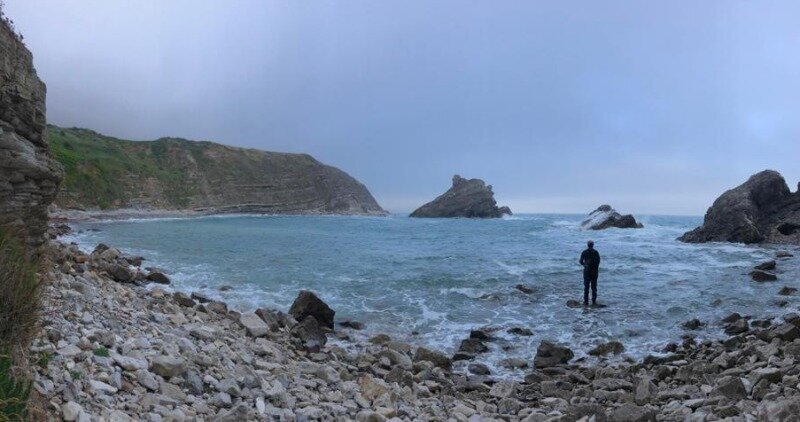
What’s on this page?
What do I need to start sea fishing?
To start sea fishing you need;
- A rod: either a shorter, whippier lure fishing rod or a beachcasting rod
- A reel: a sea spinning reel for lure fishing or lighter beach fishing or a multiplier for targeting larger fish further out from the shore
- Braided line: braid is the strongest line on the market and whilst it has a higher chance of wind knots (every angler’s worst nightmare), braided line is the best line for sea fishing
- Leader material: fluorocarbon or monofilament minimise the chance that your braid will snap off on snags or rocks
- Lures or bait
- Scissors and pliers: essential kit for any budding sea angler to cut line, set up rigs and
- Storage options
- Hooks: circle hooks tend to be the anglers’ choice as you almost don’t need to strike to set the hook and they remove
- A net
- Weather-appropriate clothing: fishing-specific waterproof, waders or fishing boots and polarised sunglasses are good places to start
What gear is essential for sea fishing with lures?
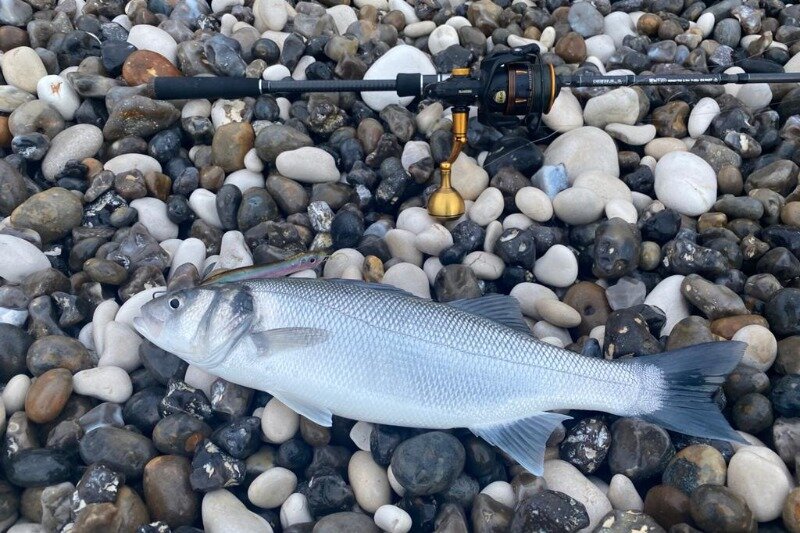
On top of the obvious rod, reel and line, when sea fishing with lures you’ll need;
- Lures: the best sea fishing lures are varied when it comes to size, action and colour
- A lure box: check out the best lure boxes here
- Lure clips: the last thing you want to do is tie your lures directly to your leader. Lure clips make changing lures in your time of need much more efficient
- Other terminal tackle: swivels, split rings, a disgorger et al
- Backpack: a lure fishing bag is essential for carrying gear around, particularly if you’re travelling long distances or over rocks
- A lure fishing rod: whippier and shorter than traditional beach fishing rods
Best Sea Fishing Lures in 2023
What gear is essential for sea fishing with bait?
When sea fishing with bait, you’ll need a beachcasting rod (typically 12-14 feet long with a much larger casting distance) and;
- Bait: ragworms, peeler crab, mackerel and squid tend to be the baits of choice for most anglers
- Hooks: while bigger hooks don’t always mean bigger fish, they are useful if you’re targeting larger fish like conger and don’t want smaller fish to continuously take the bait
- A tripod or rod fishing holder: essential for beach fishing. These large rods really need to be
- Weights: the type of weight you need depends on the type of fishing you’re doing. In calmer waters, 2-3oz weights will do the job. In stronger currents, 4oz and above are better suited. If the bottom is particularly rough, we suggest some breakaway weights as they’re less likely to snag on rocky ground
- Bait elastic: if you’re casting your bait long distances and want the bait to stay intact over time, bait elastic is a fantastic tool to keep everything together
- Bait boxes: you’ll need somewhere to keep your bait, particularly if you’re live baiting or fishing with smelly bait
- Knife (and chopping board): for chopping up bait and keeping the mess (and stench) confined to one spot
There are lots of other bits and pieces you could consider bringing – cool box, fishing chair(s), illuminated rod tips for night fishing, floats – the above will get you started.
Depending on the type of bait fishing you’re doing, you may want to consider a float and some rod light tips if you’re night fishing. Of course, the prevailing conditions should dictate the clothing and footwear you require too.
What rod should I use for sea fishing?
The rod you should use for sea fishing is dictated by the type of fishing you are doing. If you’re lure fishing for bass, then the best bass fishing rods tend to be around 8’6″, whippy, supple and great for covering distance. A travel rod is even more convenient than a traditional lure fishing rod but gives up something in the casting and sensitivity department. Travel rods are fantastic, but not if you need to reach areas that require a little distance.
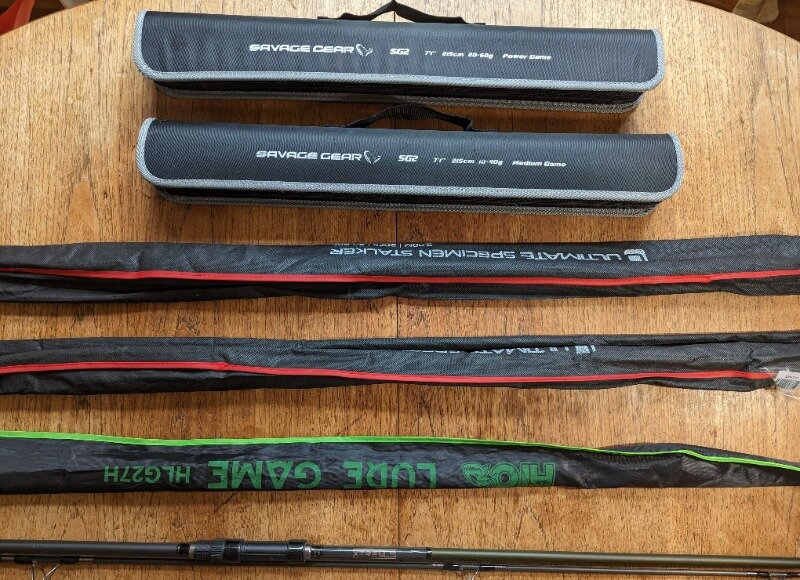
If you’re bait fishing from a beach, then you’ll need a beachcaster rod. Typically these rods come in around the 14′ mark and are designed for some serious distance casting. This longer rod length is a must-have when casting with the sort of distance required for the majority of beach fishing.
To avoid any confusion, a surf rod is another name for a beachcaster.
What reel should I use for sea fishing?
The reel you use when sea fishing is also dictated by the type of fishing you’re doing. Your primary options are;
- A spinning reel
- Baitcasting/multiplier reel
- Surf fishing reel
There are other fishing reels you can use (fly fishing reels, trolling reels and offshore reels), each of which has its use. A spinning reel is almost always your best option. Sea-specific spinning reels are corrosion-resistant, powerful enough to handle some serious fish and are equally effective when fishing with lures and bait.
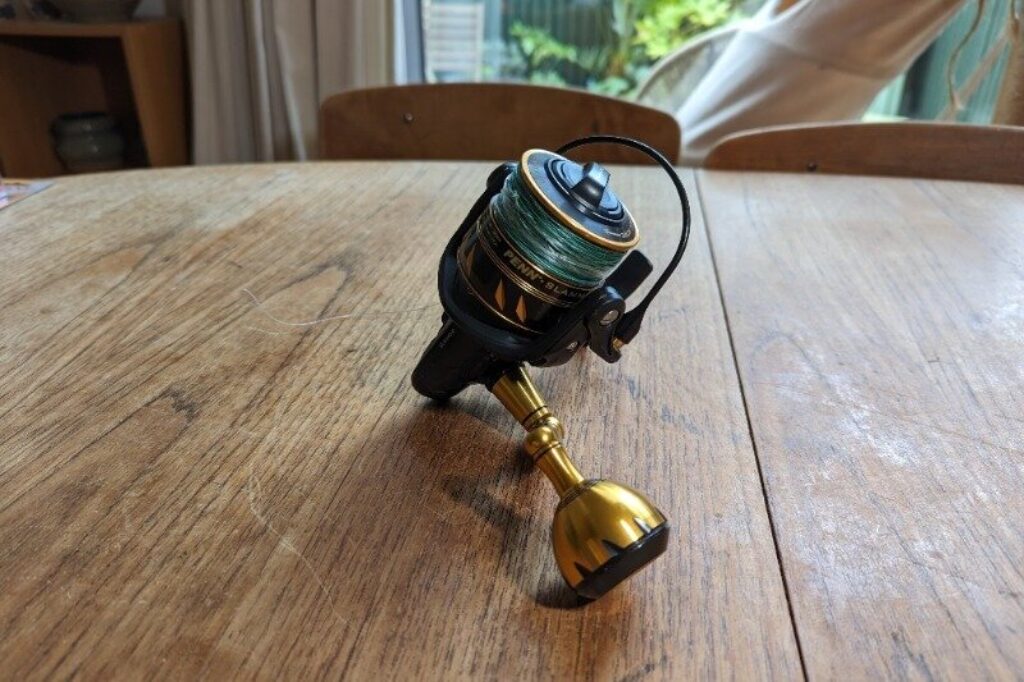
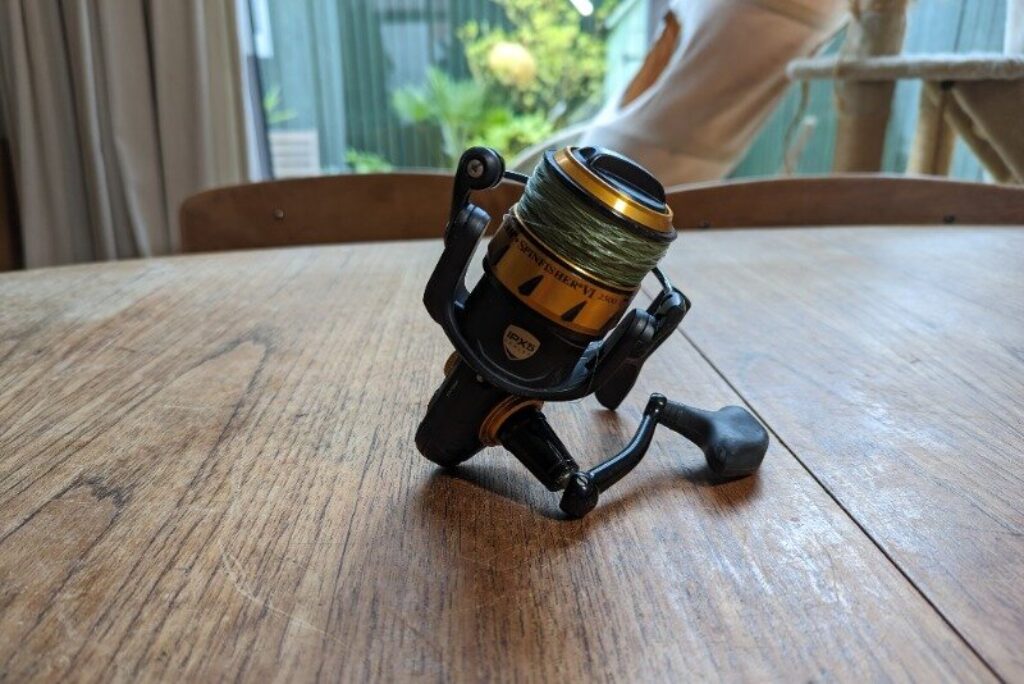
When lure fishing these 3500-4500 size spinning tends to hold ample line. When fishing with bait on much larger rods with serious casting distances, you would want to consider a 6500+.
Offshore reels can be modified spinning or baitcasting reels that are specifically designed to handle the roughest offshore conditions. These are typically much more advanced reels than the recreational fishermen would ever need to employ.
A Beginner Guide to UK Sea Fishing with Lures
What line should I use for sea fishing?
When sea fishing, using braided line is essential. Braided line is designed to maximise tensile strength, whilst minimising thickness. So you can fit much more braided line on than other fishing line variations — a real benefit when fishing from the shore.
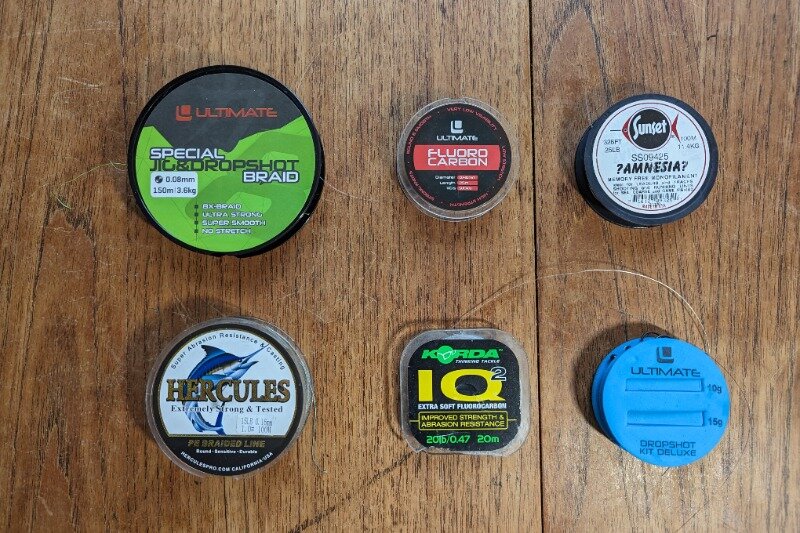
Having a superior strength-to-thickness is not the only benefit of using braid. It is;
- More sensitive
- No memory, so it lasts longer
- Designed to increase hook set power
Whilst braid does have its drawbacks – wind knots being the most frustrating – and you will need to use a different leader material like fluorocarbon or mono, it is the best all-around sea fishing line.
What strength line is best?
The strength of line you need completely depends on the type of fishing you’re doing.
When lure fishing for bass, a 15-20lb braided line is perfect for almost any scenario. If you’re fishing for pollock, you’re probably going to need a stronger line. Whilst the fish are a similar size to bass, they tend to live in the briny depths in and amongst the weeds. These snaggier conditions are fraught with tangles and require something a little more durable. 30lb line tends to be a good start.
If you’re after something more serious when fishing from the shore – rays, congers, huss or other types of shark – then you’re going to need some even more durable line. Something like 50lb tends to be a good strength for targeting some serious fish with bait, but the larger the fish and the rougher the conditions, the heavier you may need to go.
As some rough guidance;
- LRF: 2-8lb
- Lure fishing: 15-30lb
- Bait fishing from the shore: 20-50lb
- Wreck fishing: 30-70lb+
- Deep sea fishing: 50-100lb+
LRF Fishing for Beginners
What rigs and knots should I learn for sea fishing?
We have a few rules when it comes to fishing which can be applied to the types of rigs you should learn;
- KISS (Keep it Simple Stupid)
- less is more
- Pre-rig as much as you can
Whilst these do sound a little like something a vaguely named business consultant might say, trust us, it makes sense. You want to maximise your time in the water, prep as much as you can beforehand and ensure the rigs you tie will be as effective and durable as possible.
For lure fishing
For lure fishing, we would recommend knowing the following rigs and knots
Uni-knot
In our opinion, the first and best fishing knot you should learn and the perfect line to hook or line to swivel/lure clip. Simple, tough and durable, it’s a fantastic place to start.
FG Knot
The FG knot is definitely more complicated and one for the more experienced angler. There is no better knot for tying two lines together effectively and removes the need to use swivels to connect the line to the leader.
Texas and Carolina Rigs
There are very few rigs worth knowing for lure fishing, but Texas and Carolina rigs are essentials and can handle almost any soft plastic scenario(s).
For bait fishing
For bait fishing, we would still recommend knowing the uni knot and an FG knot, but there are a few other rigs we would say are essentials;
Pulley Rig
The Pulley Rig is a fantastic all-around beach fishing rig great for handling all manner of saltwater fish.
Running Paternoster Rig
Superb for targeting fish in snaggy conditions and preserving the main thread of your rig. The lighter line that holds the weight will break off first and preserve your hook length.
Sliding Ledger Rig
A fantastically simple rig where the weight (or ledger) slides up and down the rig. The lighter weight means it isn;t a great rig for shore fishing, but its excellent bite indication is perfect for fishing from a boat, particularly in rougher conditions.
Tags: Lure FishingSea Fishing
Hi, I'm Harry. A keen, albeit exceedingly average fisherman. I've spent the last few years trawling London's waterways with - if I'm being kind - varied success and would love to help you avoid the mistakes I have made.
